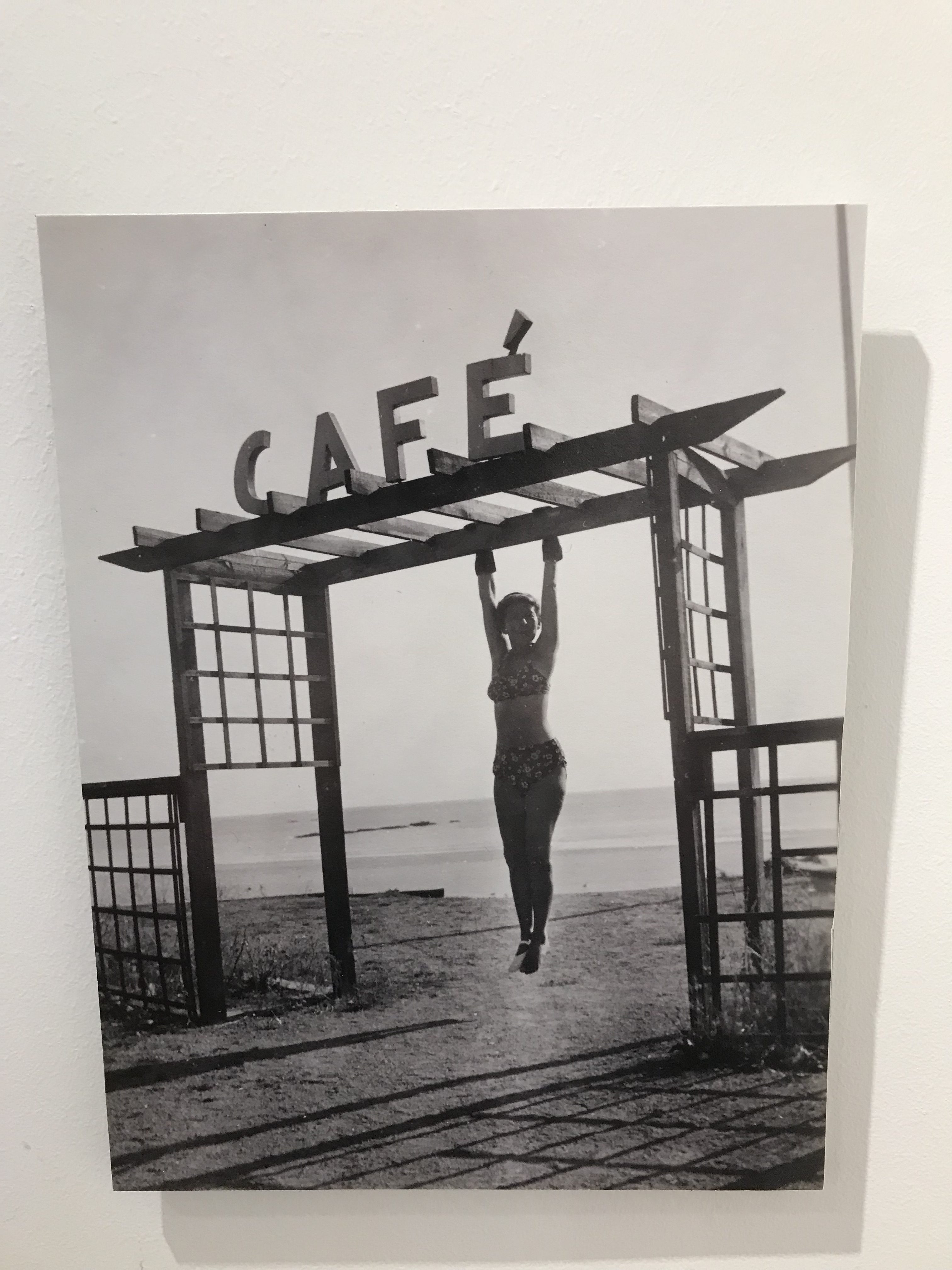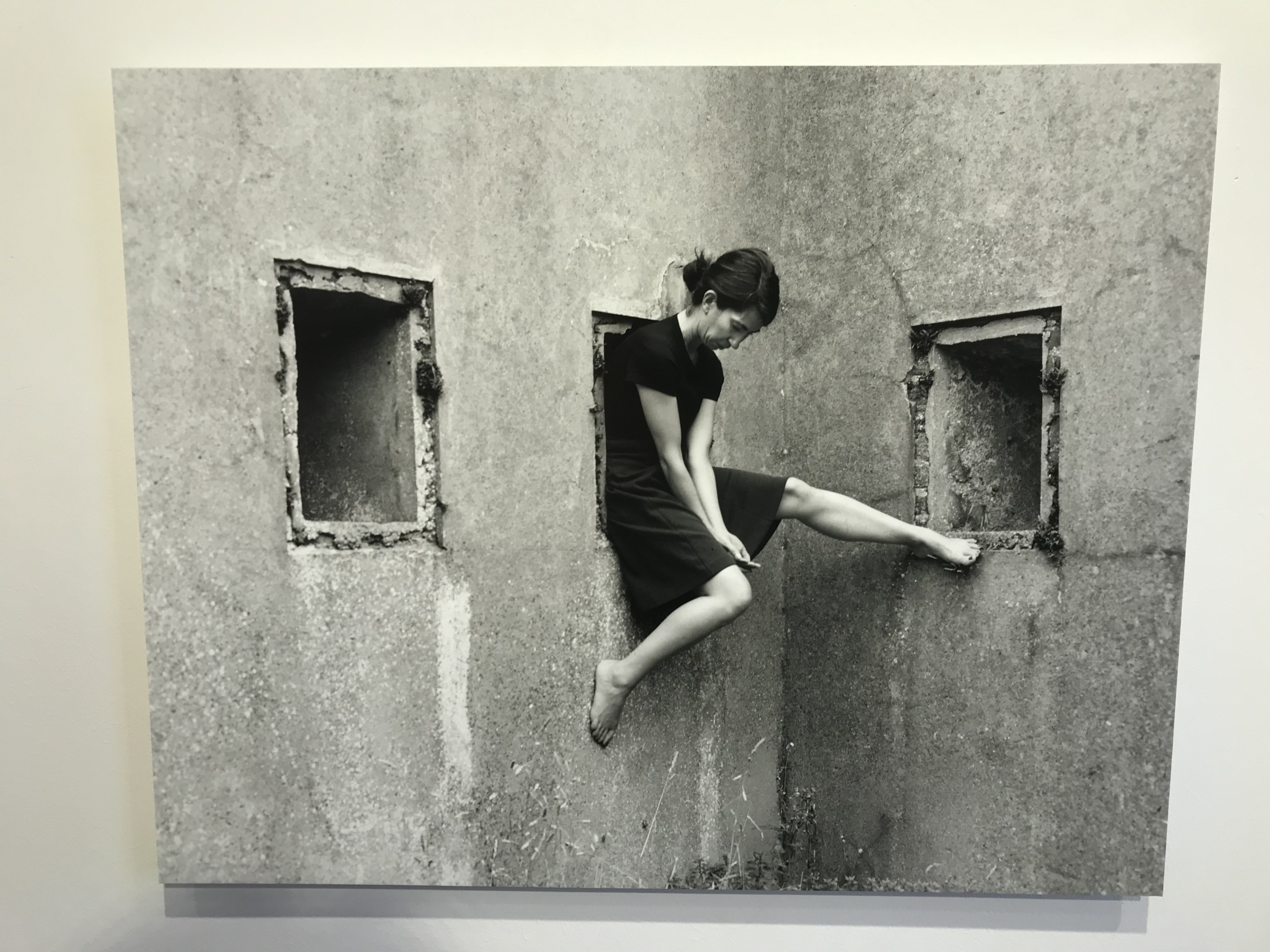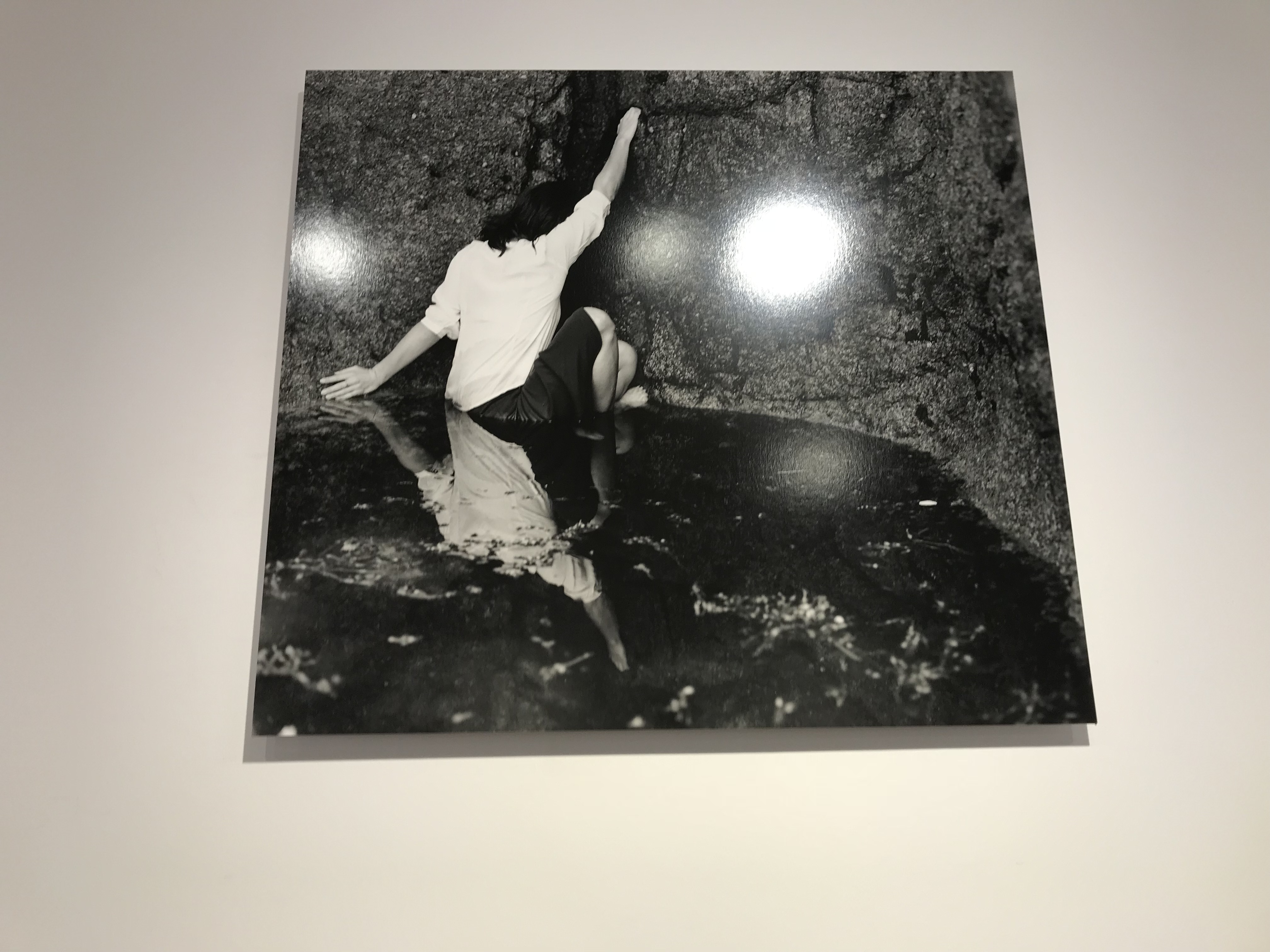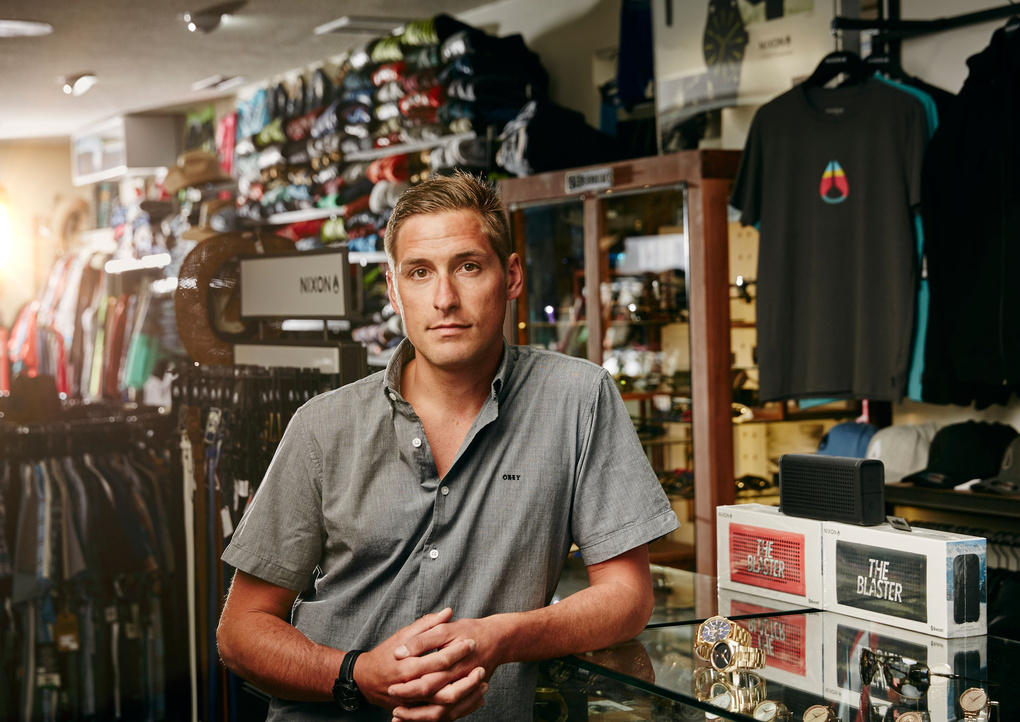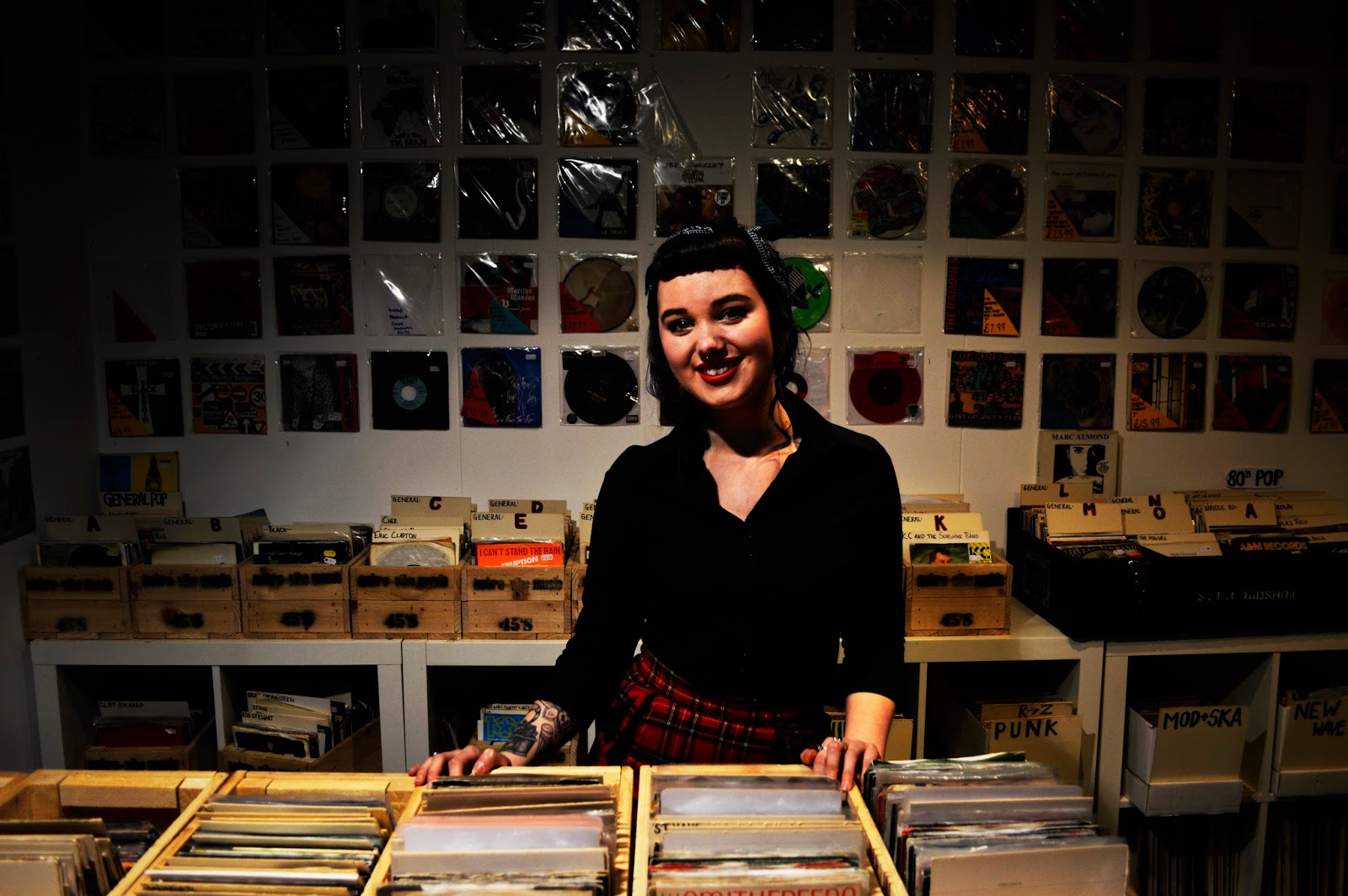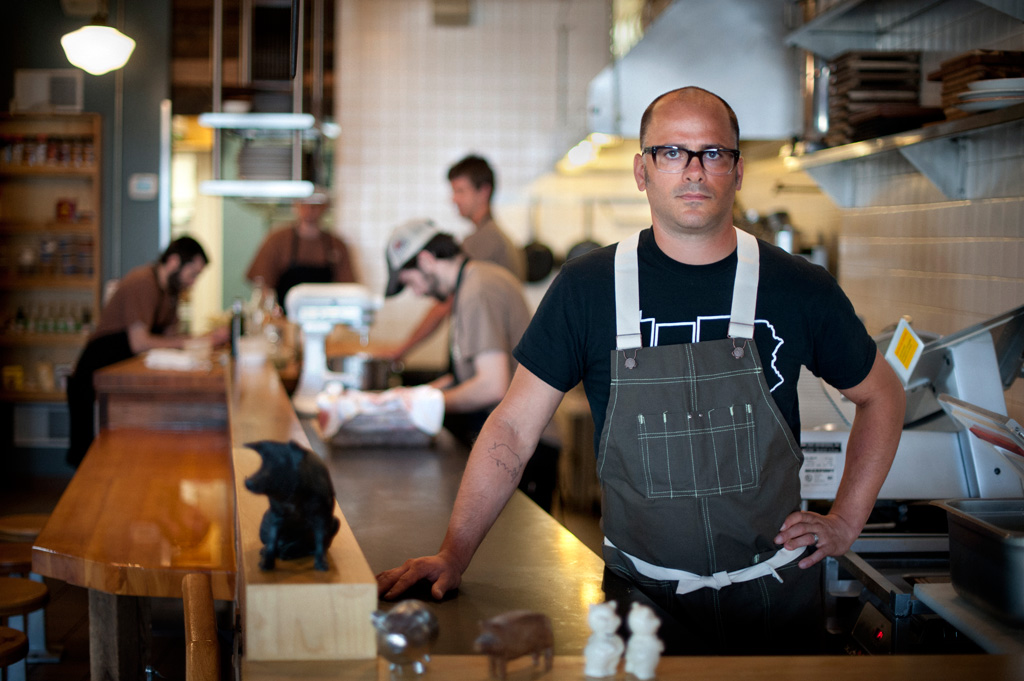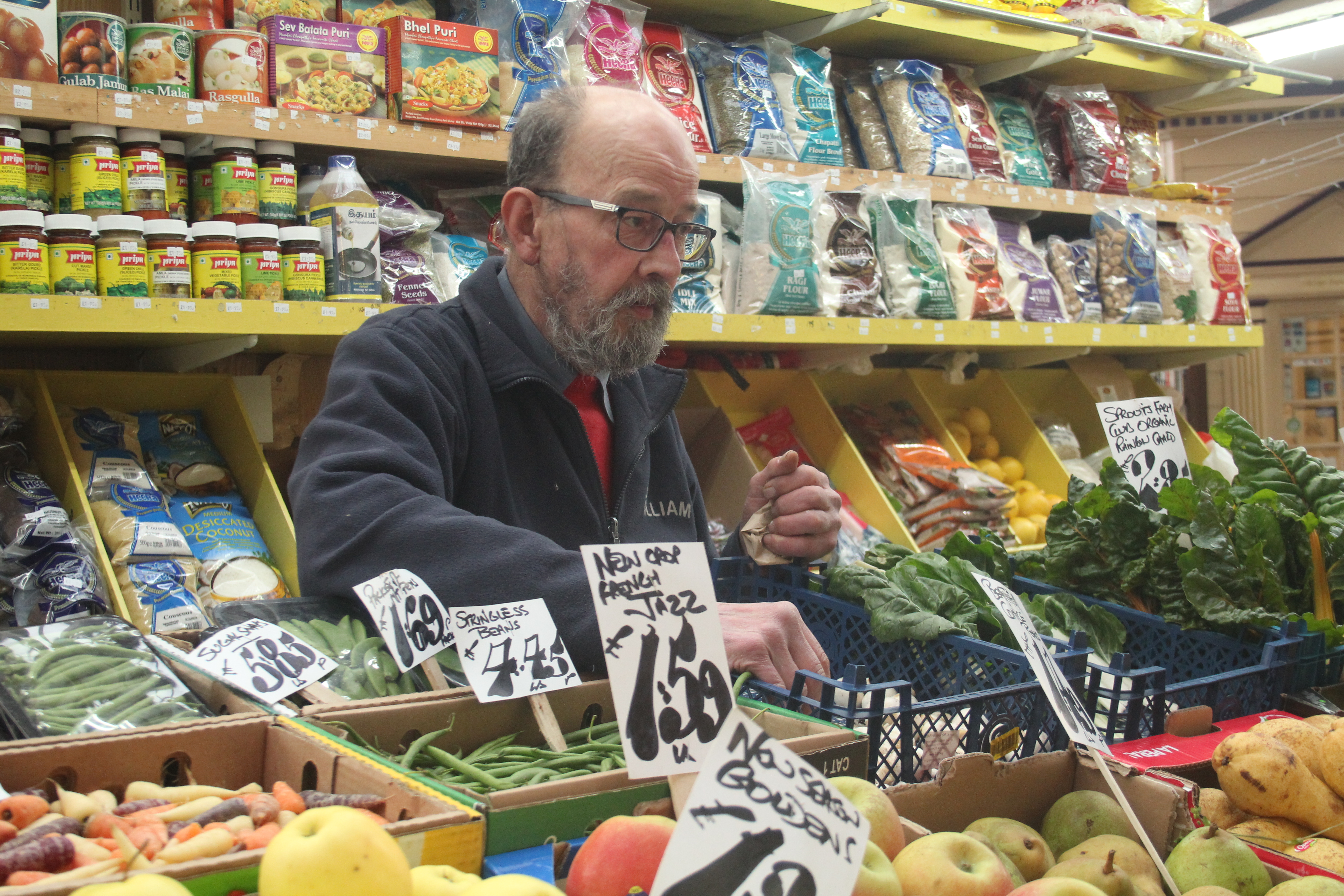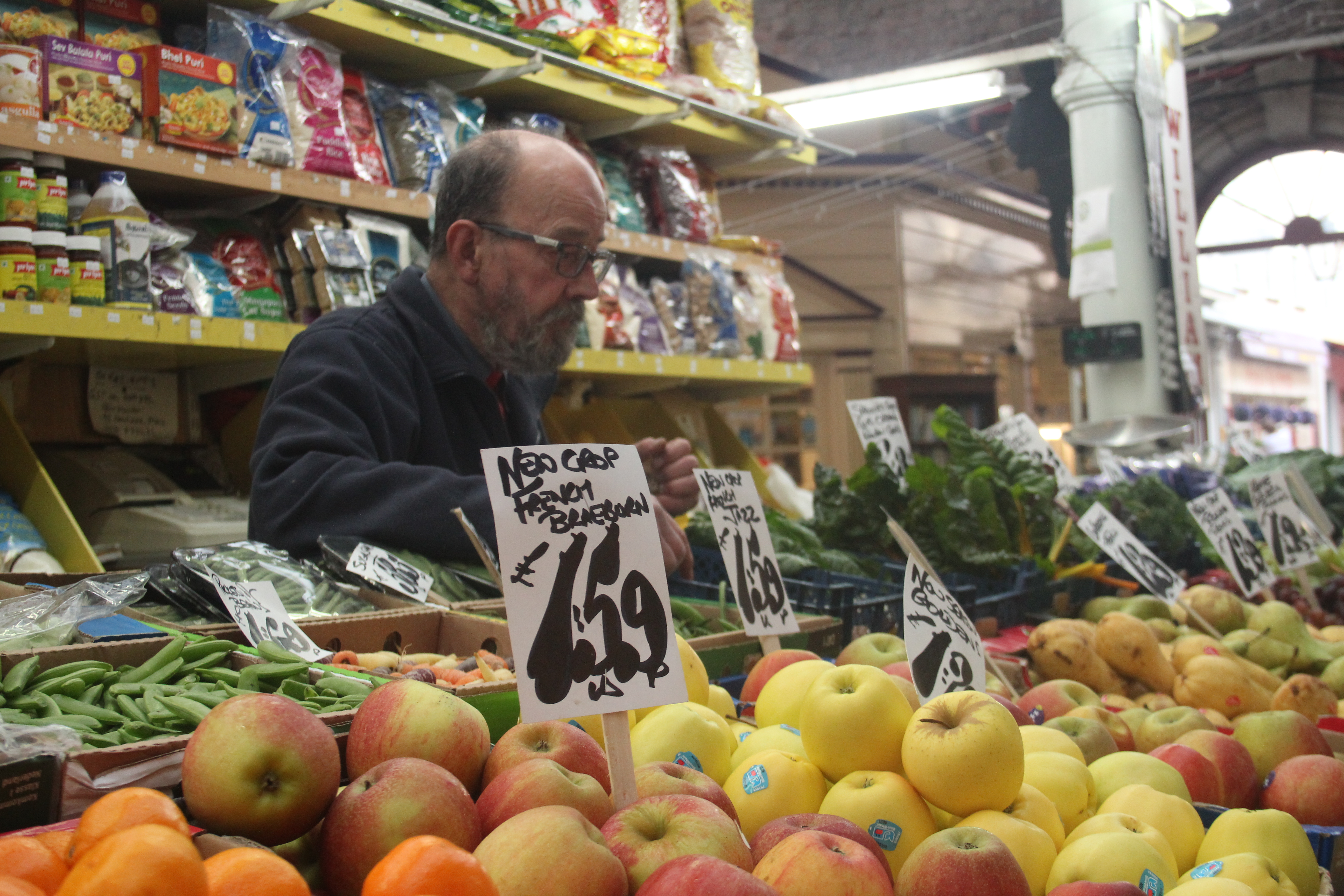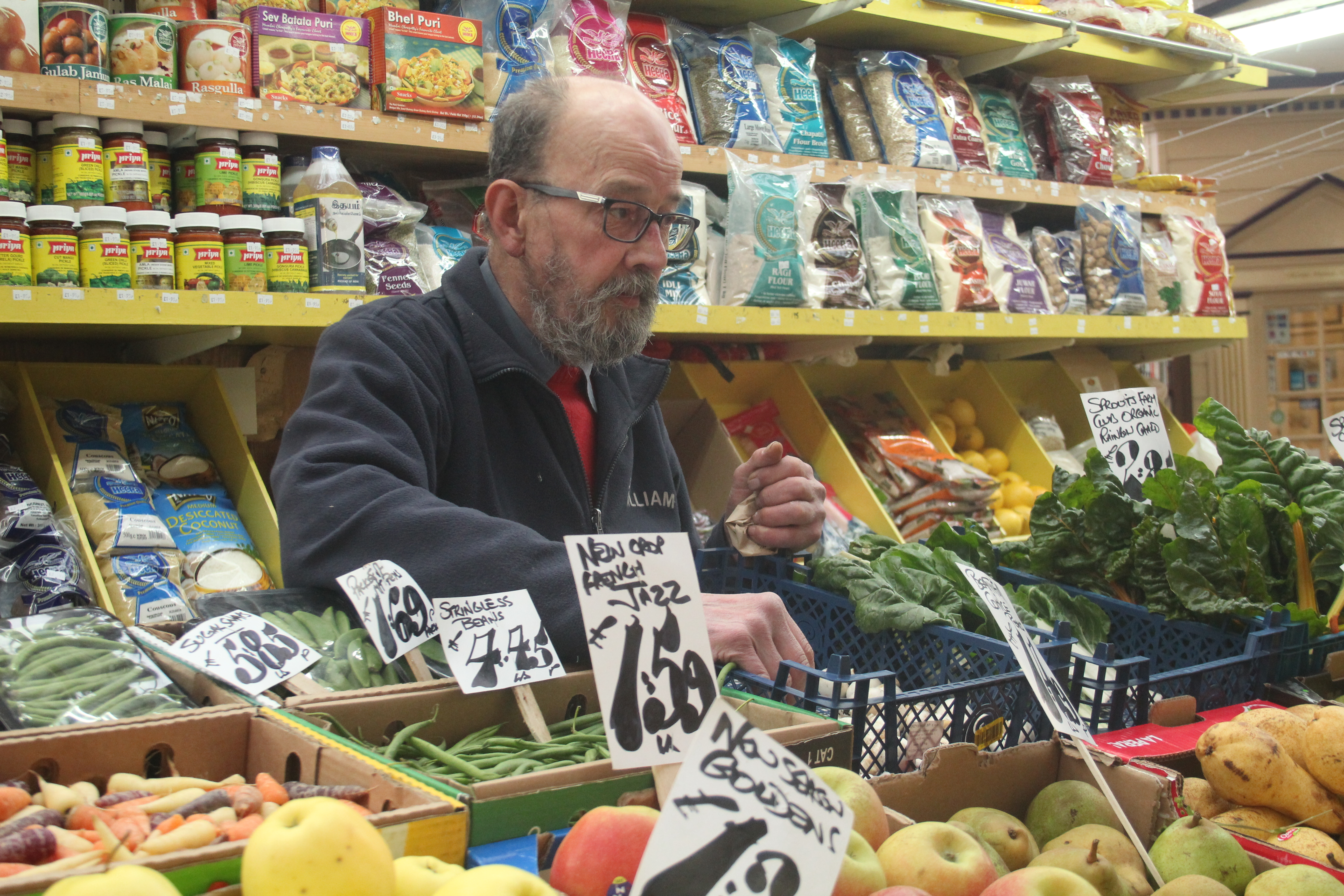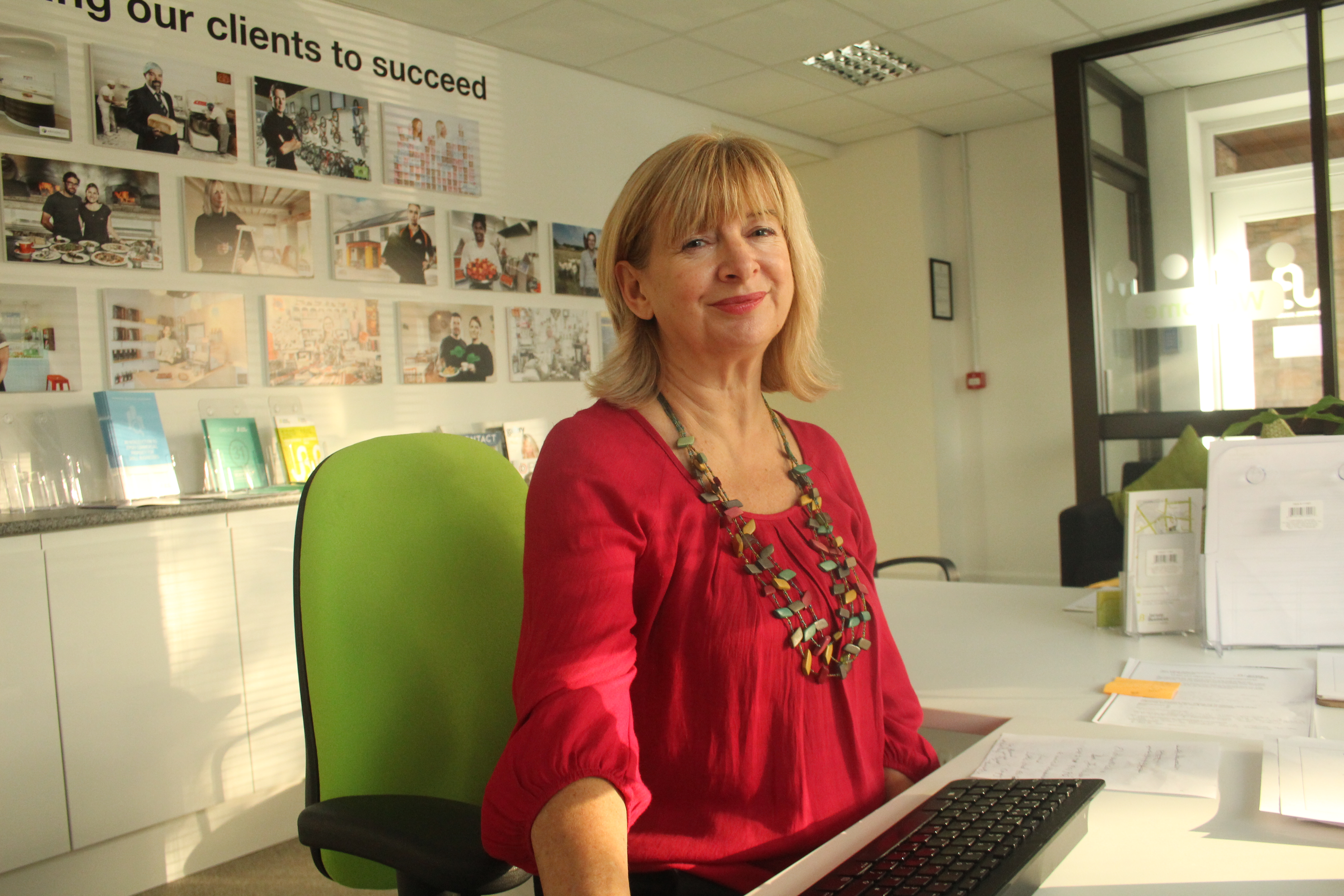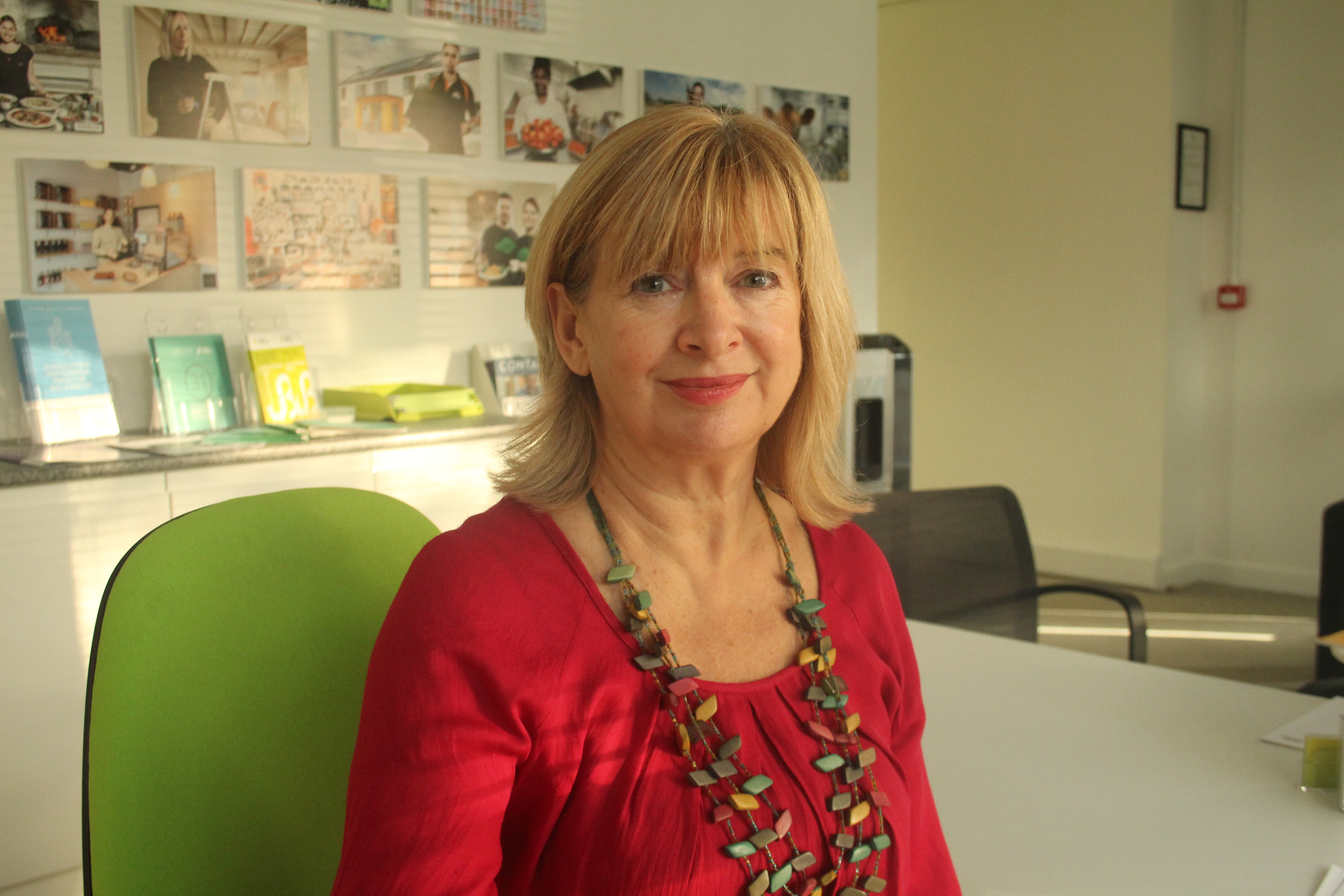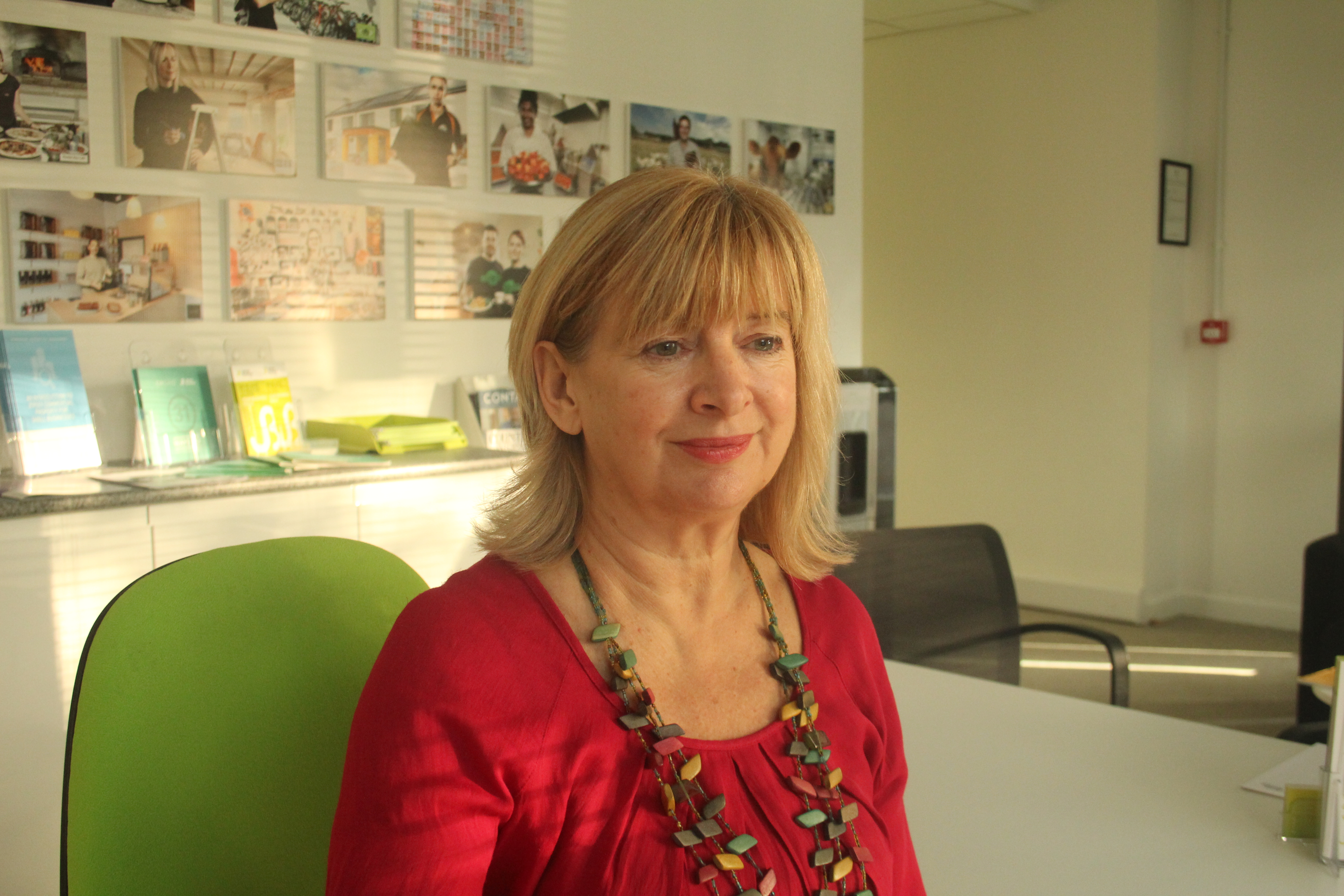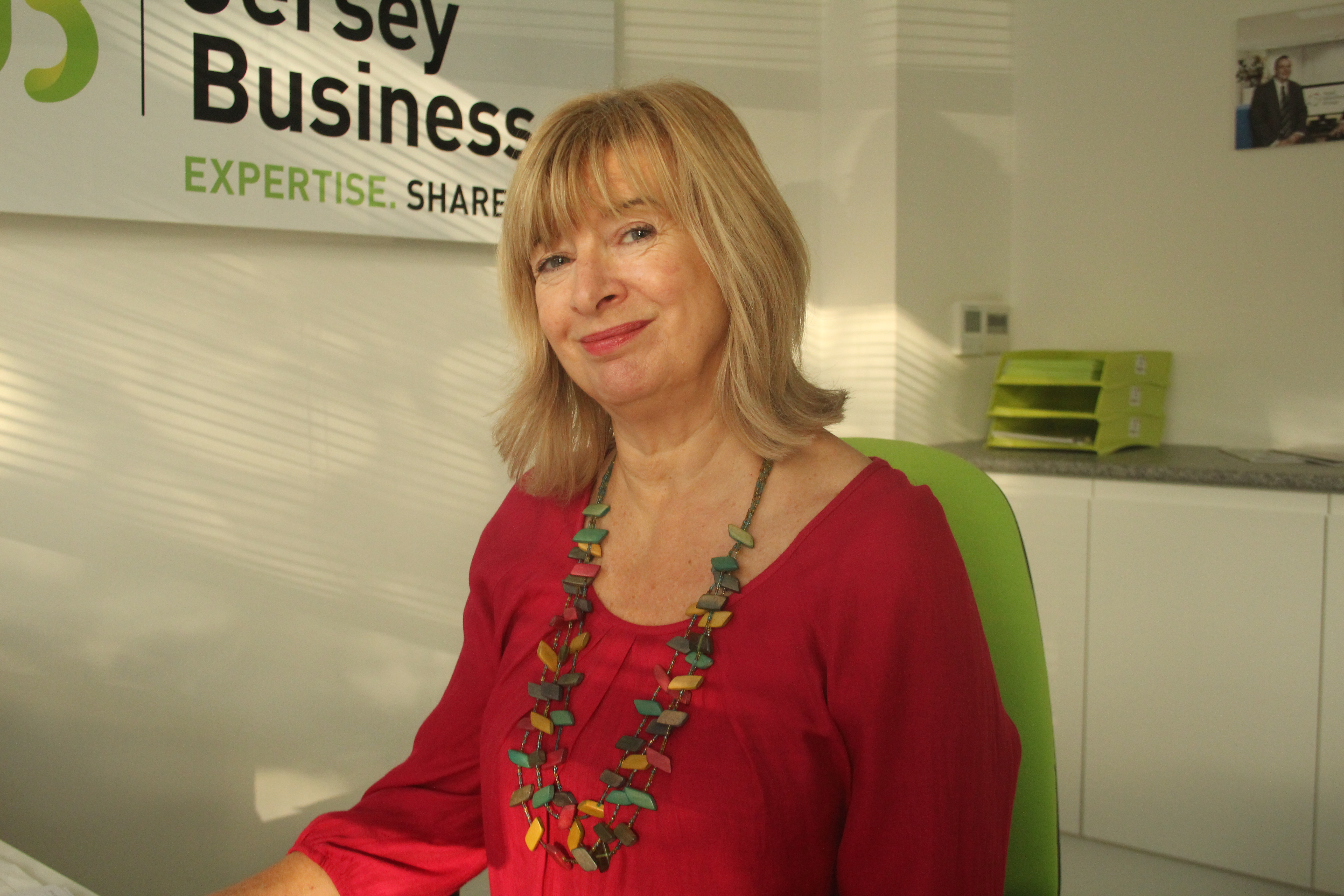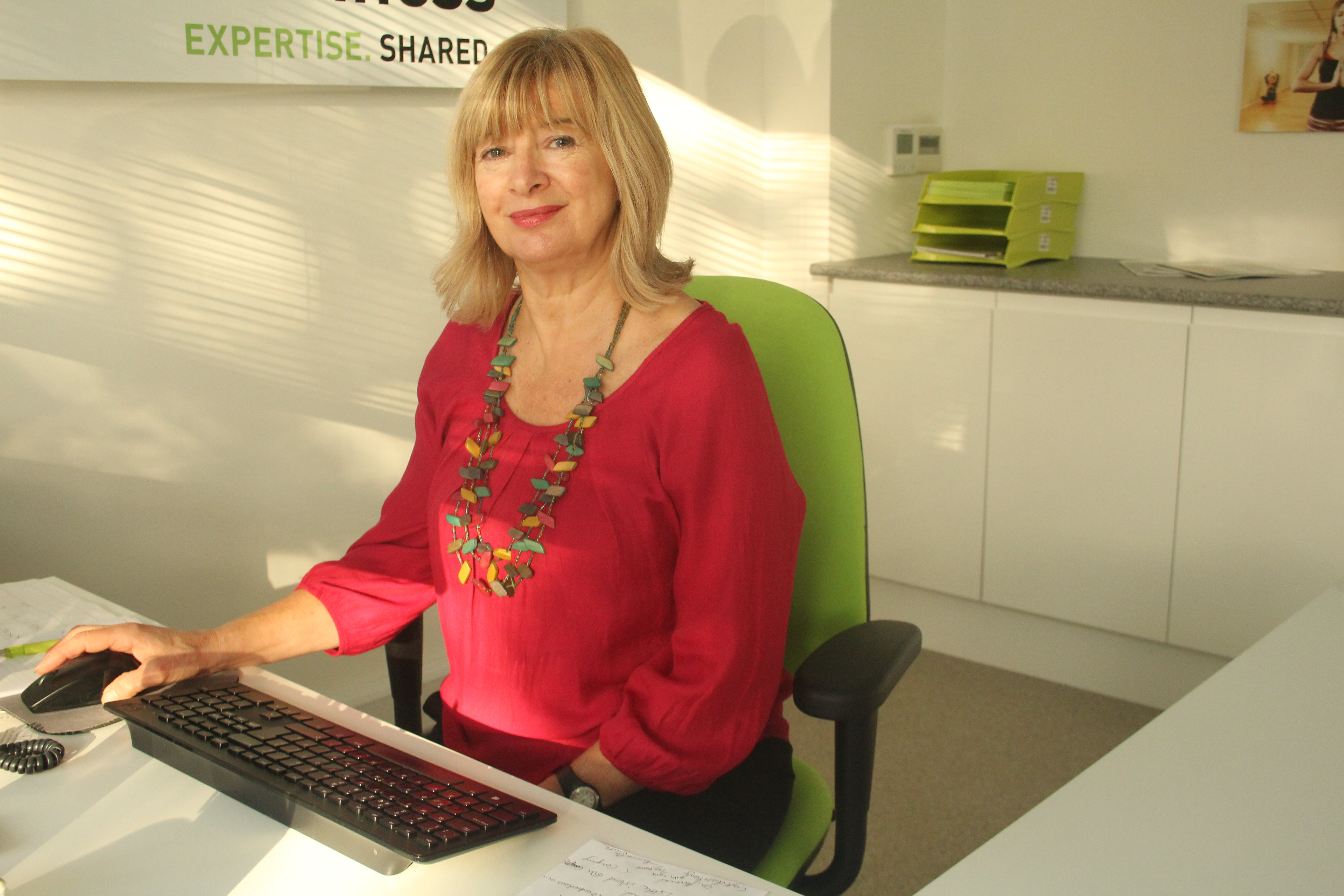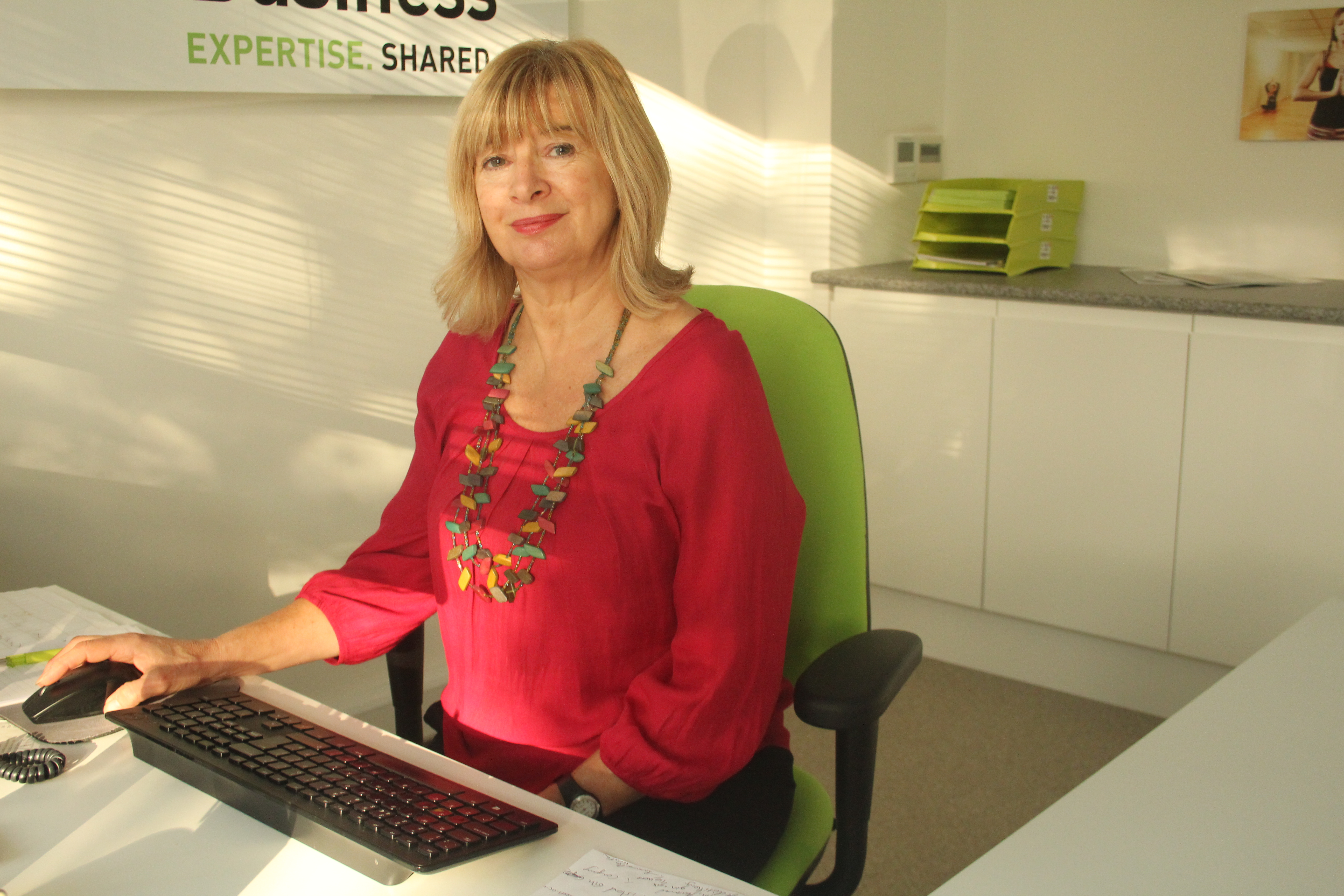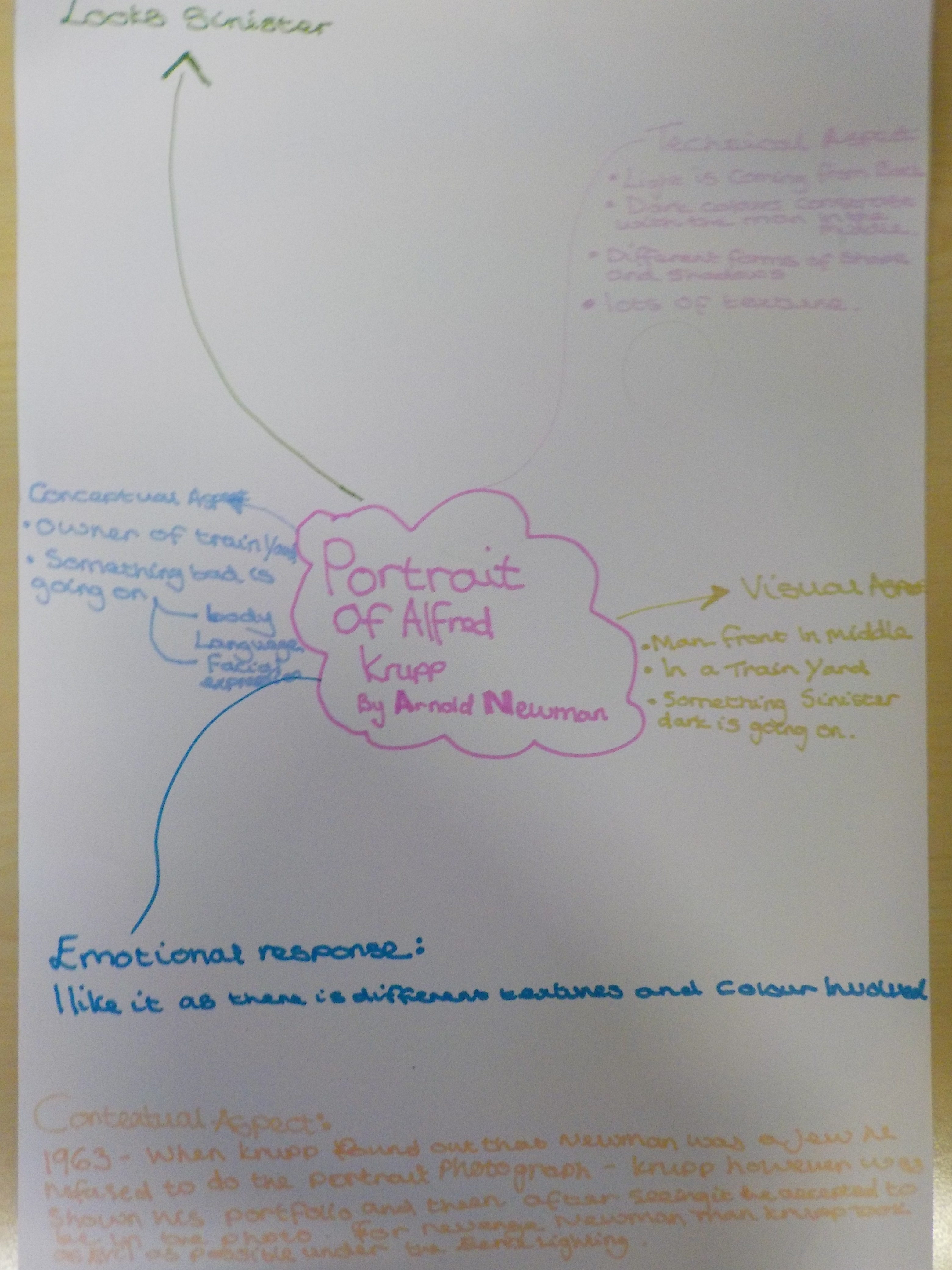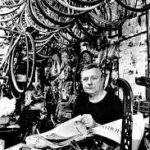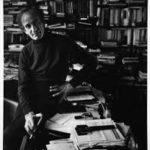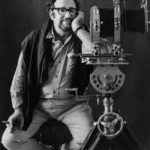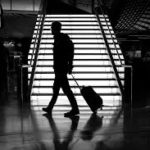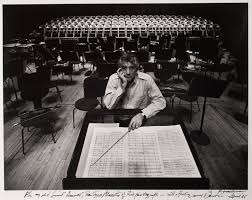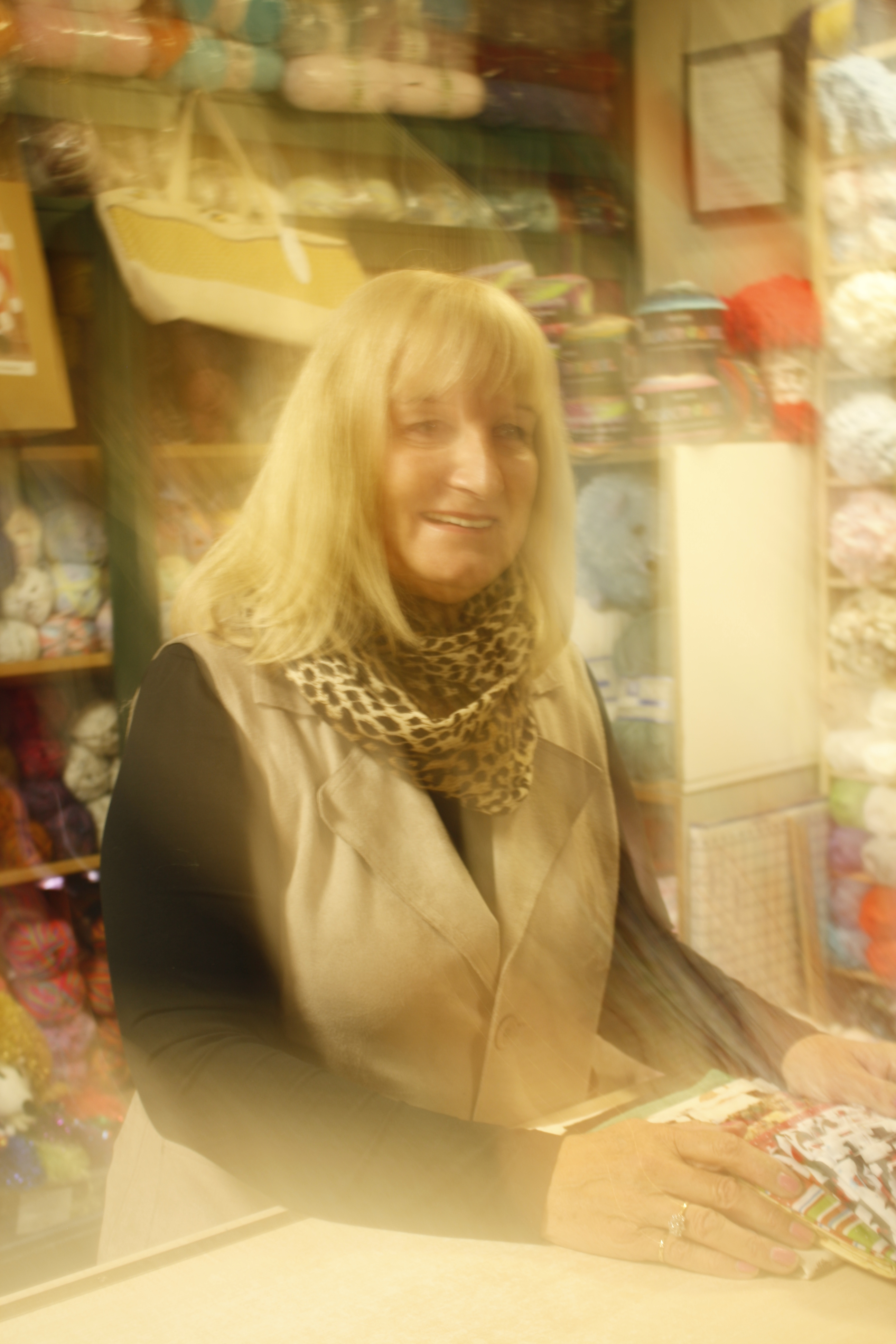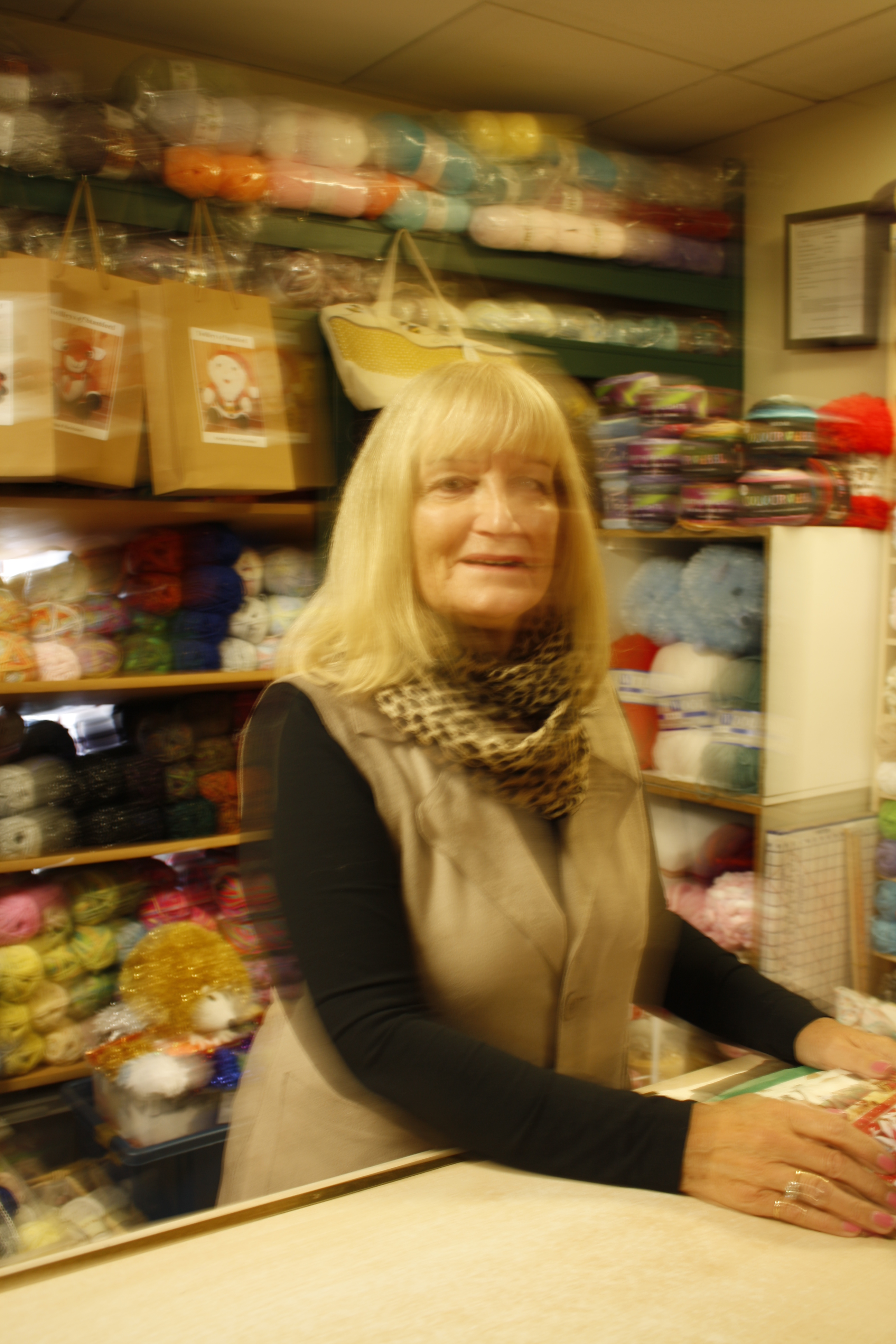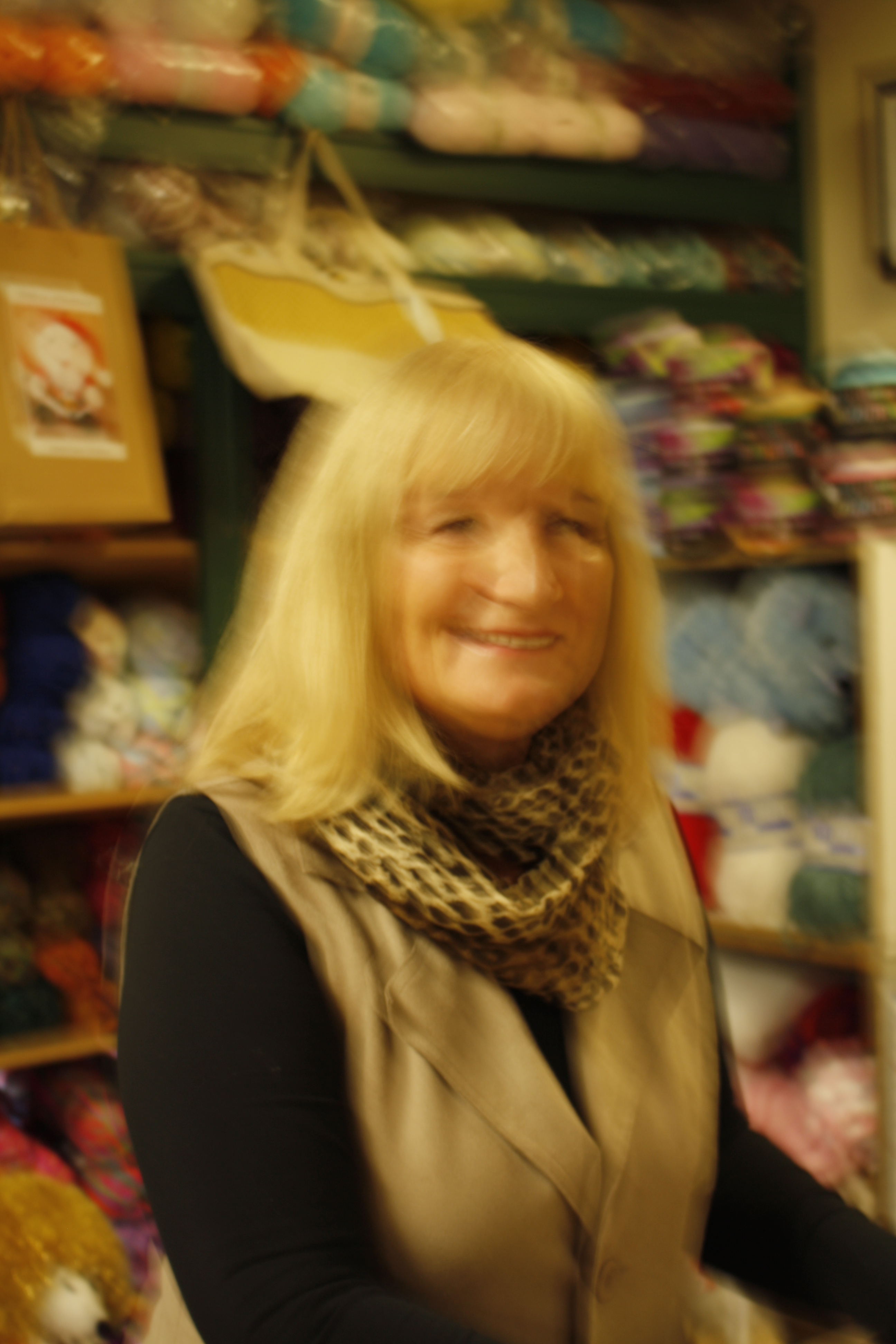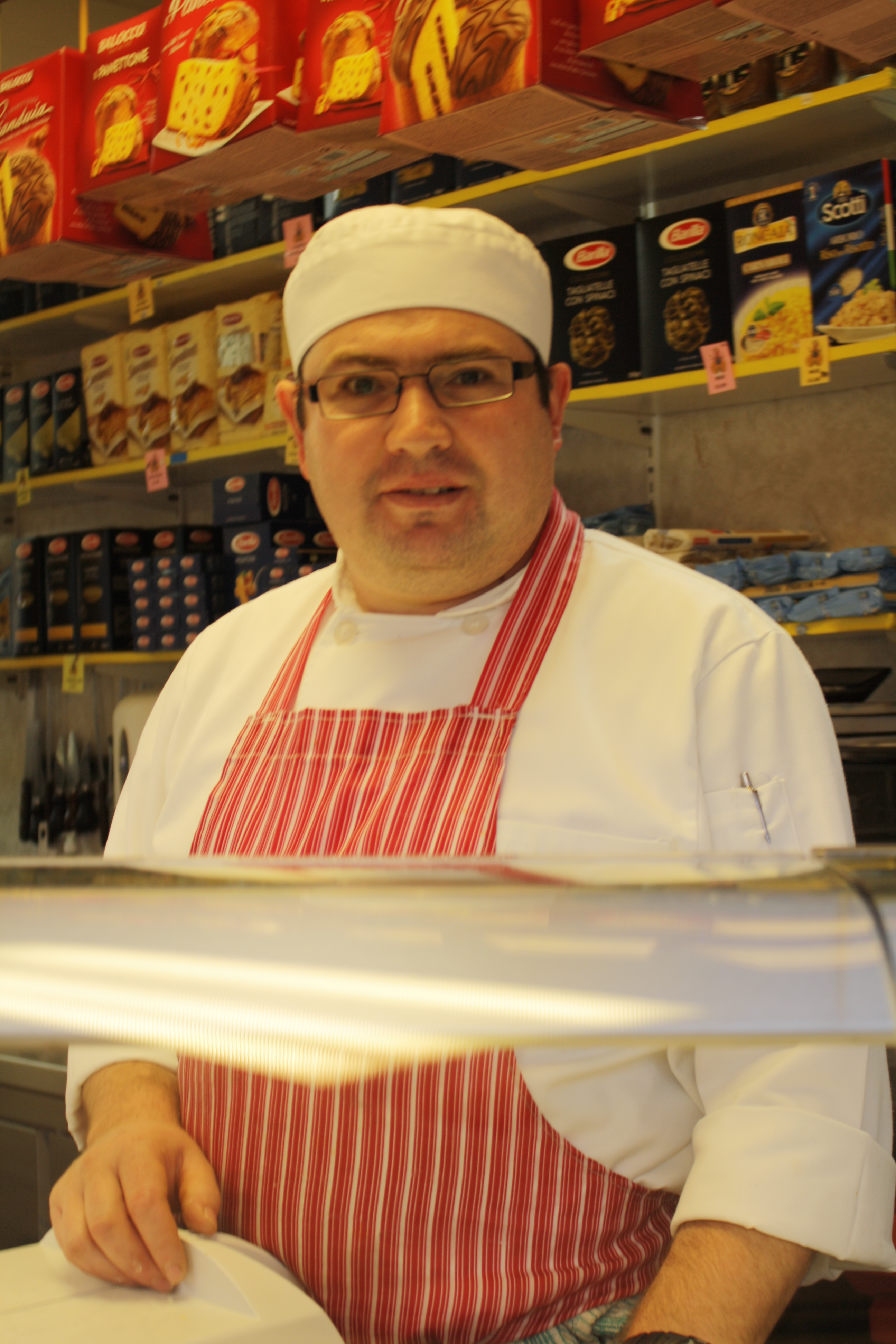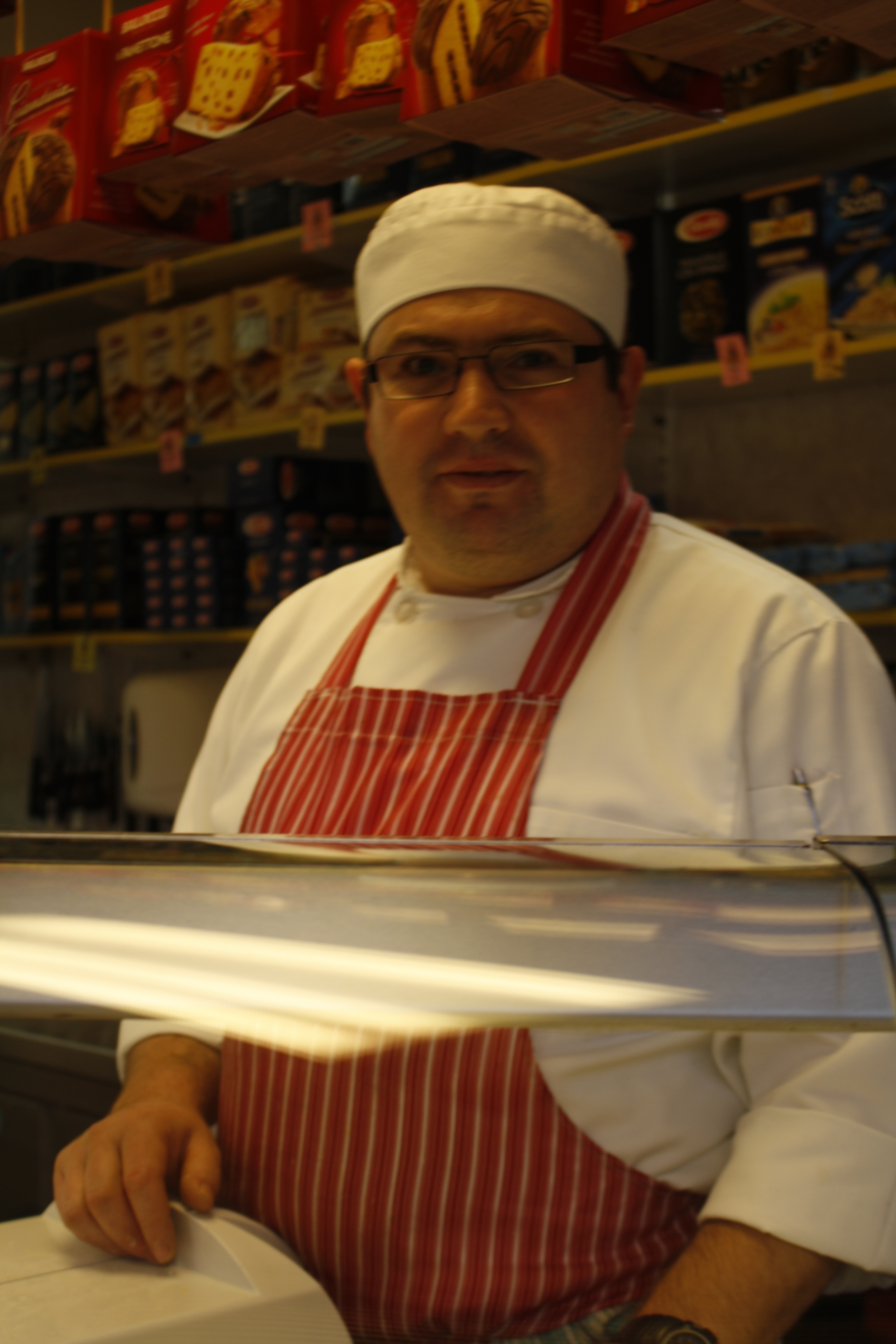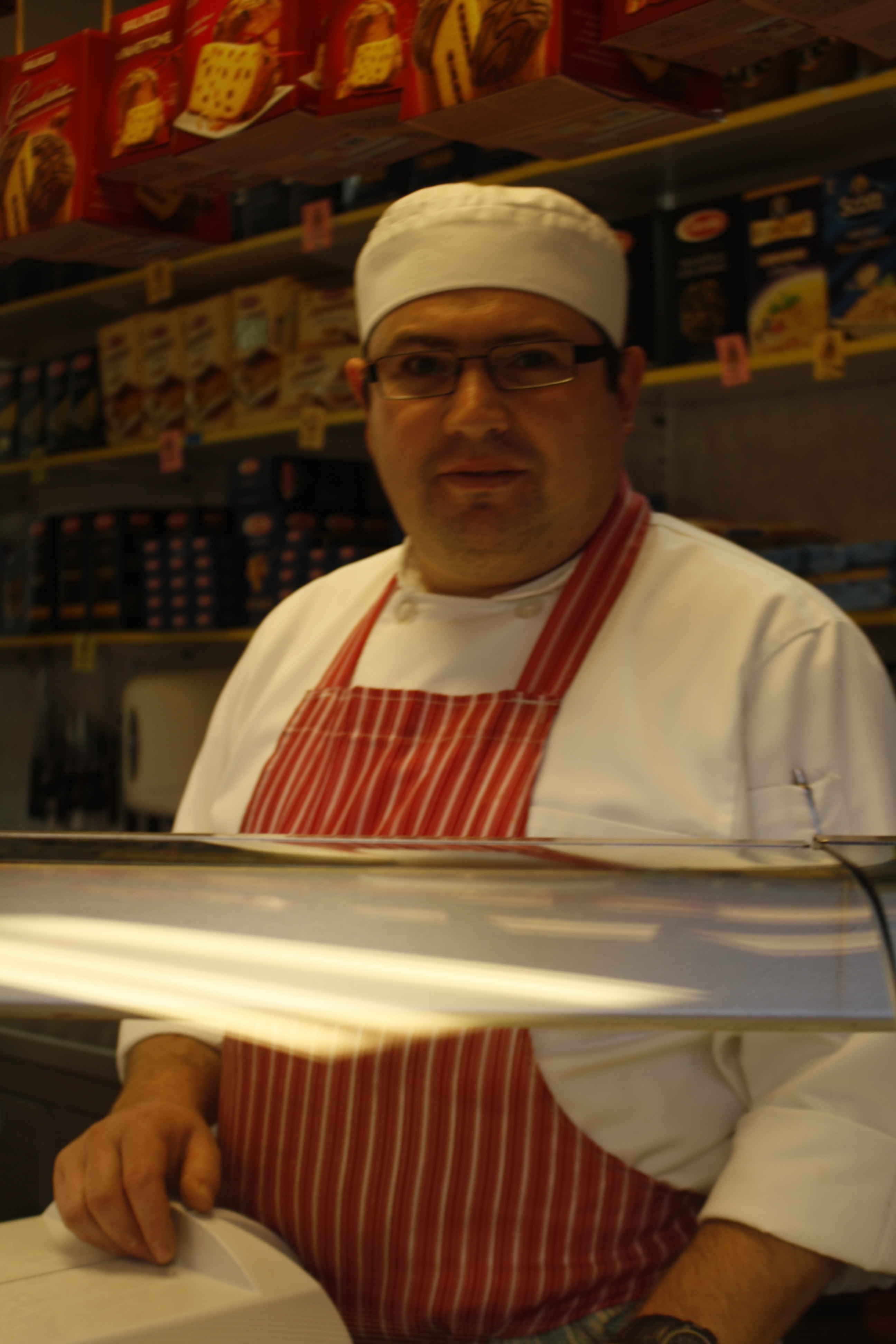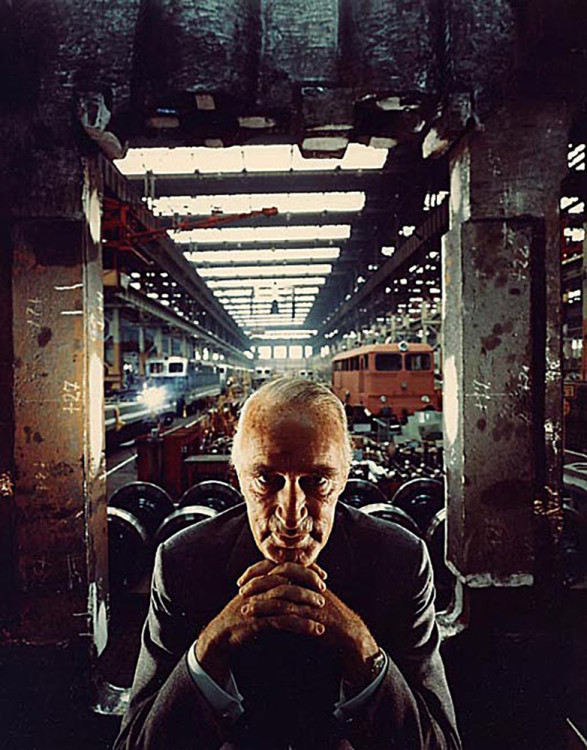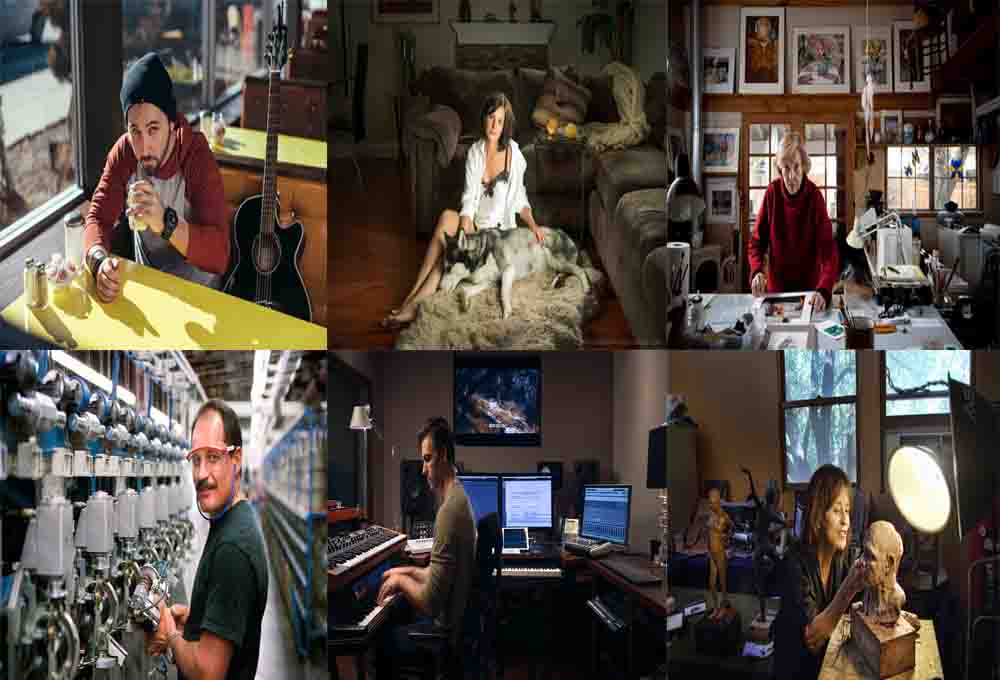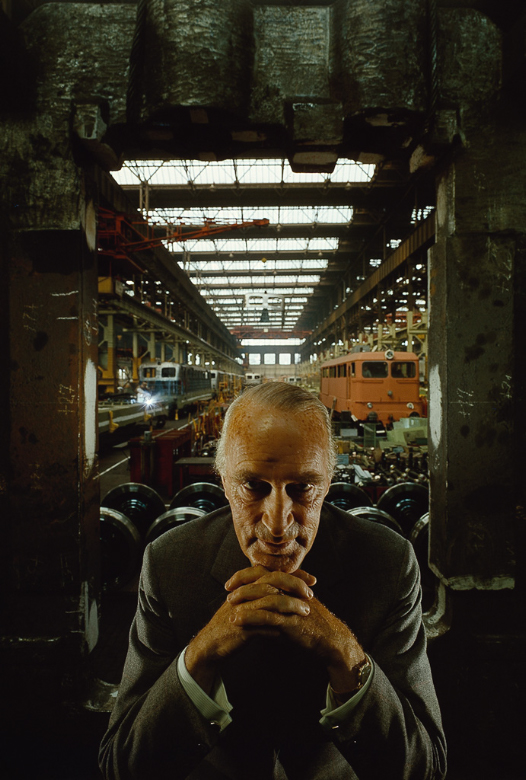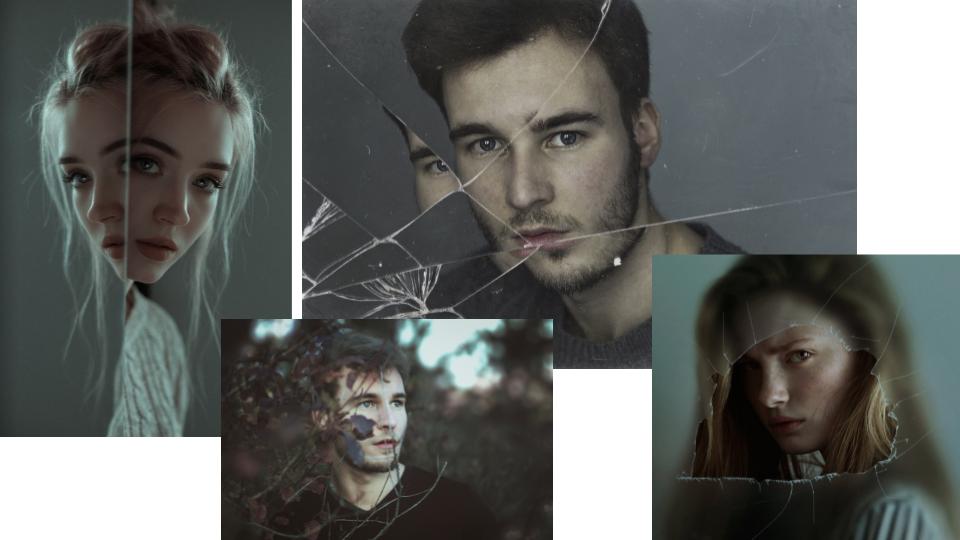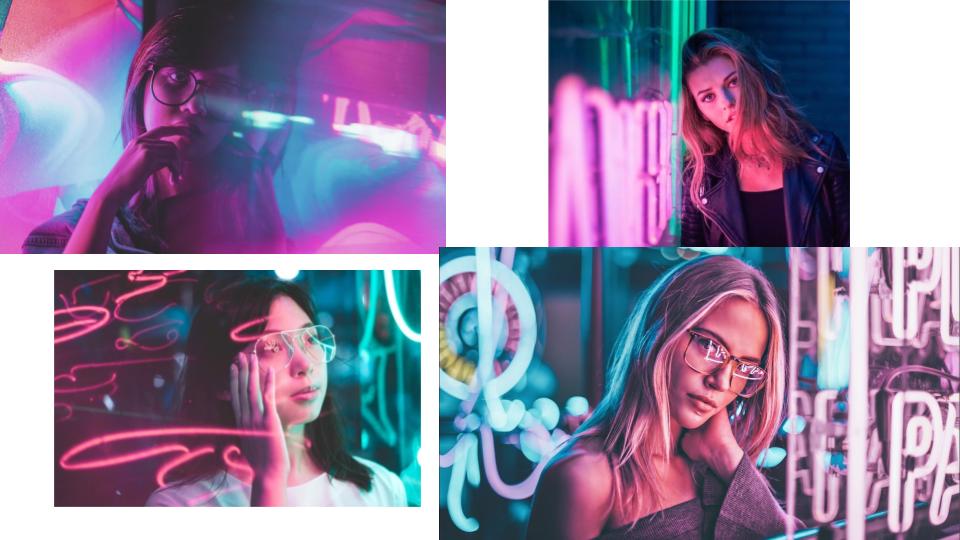ARNOLD NEWMAN
The image below was taken by Arnold Newman in 1963 and is a very well known image because of the message the image conveys.
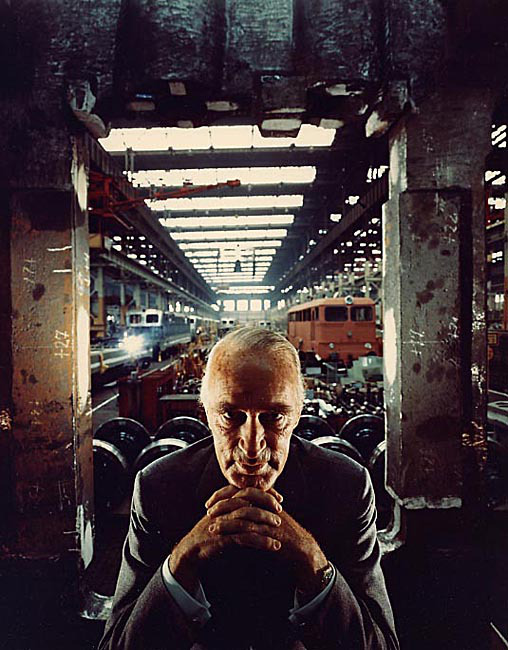
Context
The image was taken in 1963 due to industrialist Alfred Krupp contacted Newman for a portrait image on him. Newman planned to take the images of Krupp and while doing so discovered that Krupp transported materials to assist the Nazi’s during the second world war, and after finding out Newman was Jewish, Krupp refused to see Newman again. However, Krupp was persuaded through Newman’s very impressive portfolio to allow Newman to take the images. Because of the situation where Krupp didn’t want to see Newman anymore because of his religion, Newman used this to his advantage and made Krupp look sinister in the most weird way as revenge for Krupp’s influence in the prosecution of Jews.
Emotional response
When first looking at this image i quickly saw the ‘ old white man’ placed in the center of the photograph which drew me in due to the shadowing on the mans face due to the light above him. I feel as if the eye contact he gives the camera shows a dark personality and add a sinister feel to the image. I also noticed the lack of bright lights in the image which helped to contrast with the little colour in the image adding a cold and again sinister feel to the time.
I also found that the way the man presented himself with his hands together and sat in a suit suggests that he is a business man and he is of high class.
Visual
The image is very interesting to the eye due to the very busy background of the image in contrast to the dark lighting and the subject of the image which is the man. At first i though that the background of the image was just a random set scene. However, after researching about the image and finding out that Krupp helped transport materials for the Nazi’s in WW2 i realized the the place he is in is his underground transportation station. This instantly made me feel unconformable as i questioned why he would want to be photographed in this place and why he was proud of it. This again dded to the sinister feel of the image.
Technical
The first technical aspect of this image i noticed was the use of the texture shown through different objects found within the location of the train station. The texture is shown due to the rust on the objects which also signal that the objects are old and have been used for a long time. The background is also very busy which and there is a lot of movement shown which shows that it is a fully operating station. The depth of field of the image is large and the man being close to the camera instead of within the scenery adds a long depth of field due to us being able to see the whole background. The man also being in sharp focus suggests that he is the subject of the image.
Conceptual Response
The facial expressions that the man is making suggests that he is up to not good and has something evil planned, the location he is in also suggests that the image is very old however him being in a suit suggests he could be an owner of the location. This image is very up to debate..

